The Ironworkers Memorial Bridge collapsed June 17, 1958 killing 18 men, and one diver the following day. It is the worst industrial accident in Vancouver’s history. Thanks to Bruce Stewart for sending photos that his father Angus shot of the tragedy.
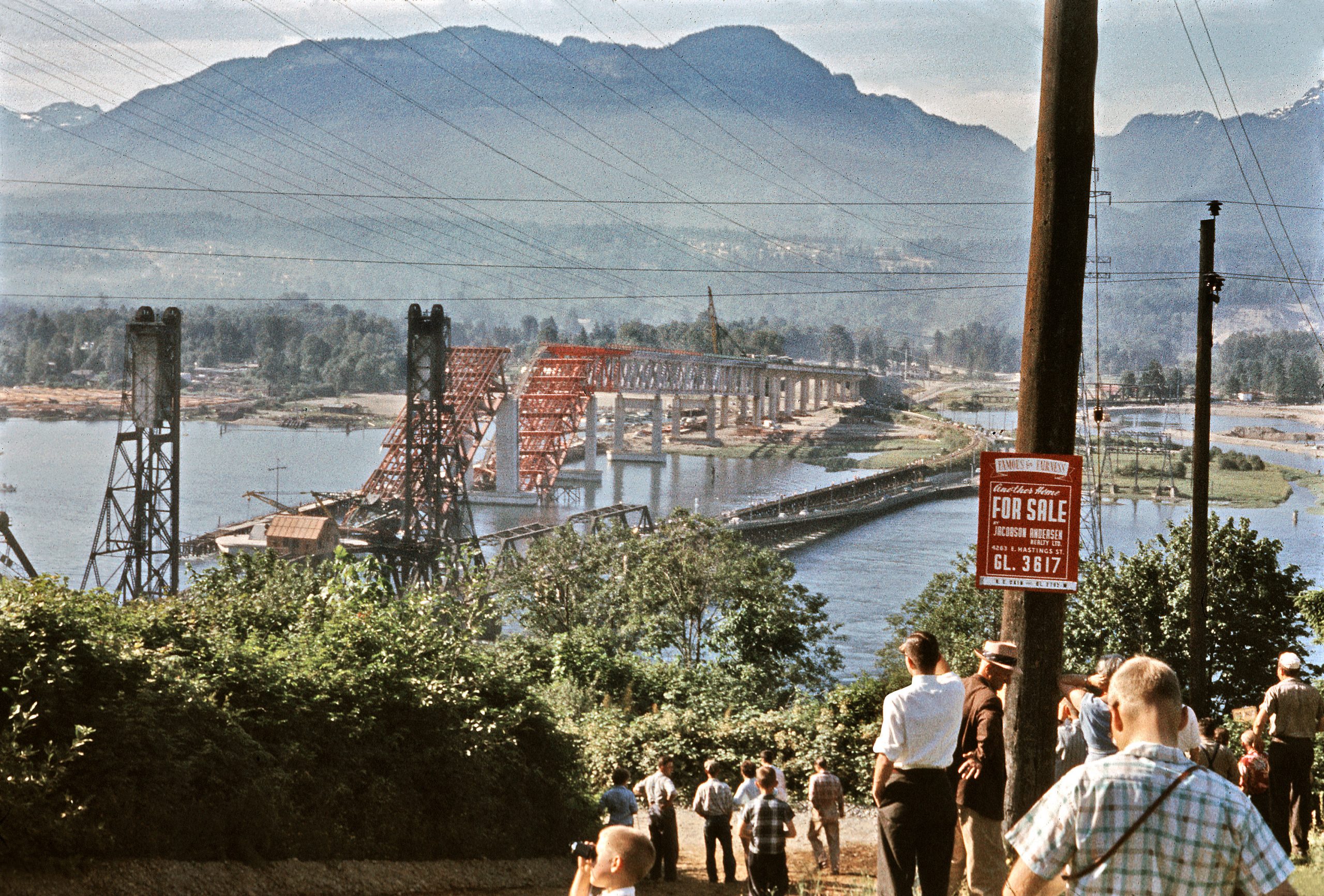
Bill Moore:
Bill Moore died on June 17, 1993—exactly 35 years after he survived the collapse of the Ironworker’s Memorial Bridge. His daughters Cheryl and Sandy were by his side. “He rarely spoke of the day the bridge came down, it had a profound effect on him for the rest of his life,” says Cheryl. “He passed away on June 17, 1993, after suffering a stroke a few days earlier and was unable to verbally communicate but he kept tapping his wristwatch. My sister Sandy figured out that Dad was asking for the date. That was June 16. He gave us the biggest smile and in the early hours of June 17 he squeezed our hands for the last time and passed away.”
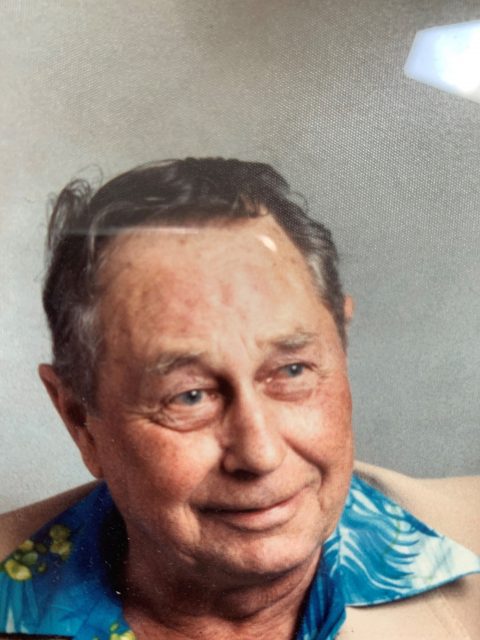
Sandy adds: “Our Dad was an incredible person, and we miss him every day. The bridge collapse did have an everlasting impact on him. He never missed a single anniversary that took place at the memorial site at the base of the bridge.”

Sounded like an explosion:
Some described the noise of the bridge collapsing into the Second Narrows as gunfire or an explosion, others as a rumble or a loud snapping sound. On June 17, 1958 at 3:40 p.m., people from all over Vancouver stopped to listen, as two spans collapsed, tossing 79 workers into Burrard Inlet and killing 18 of them.
“I heard a loud bang, then everything crashed around me,” Bill Moore told a Vancouver Sun reporter the day after the accident. “I thought Sam (Ruegg) was dead—then to my surprise found him alive, cuddled up close to me.” The two ironworkers had been standing on the concrete pier that stands between the two fallen sections.
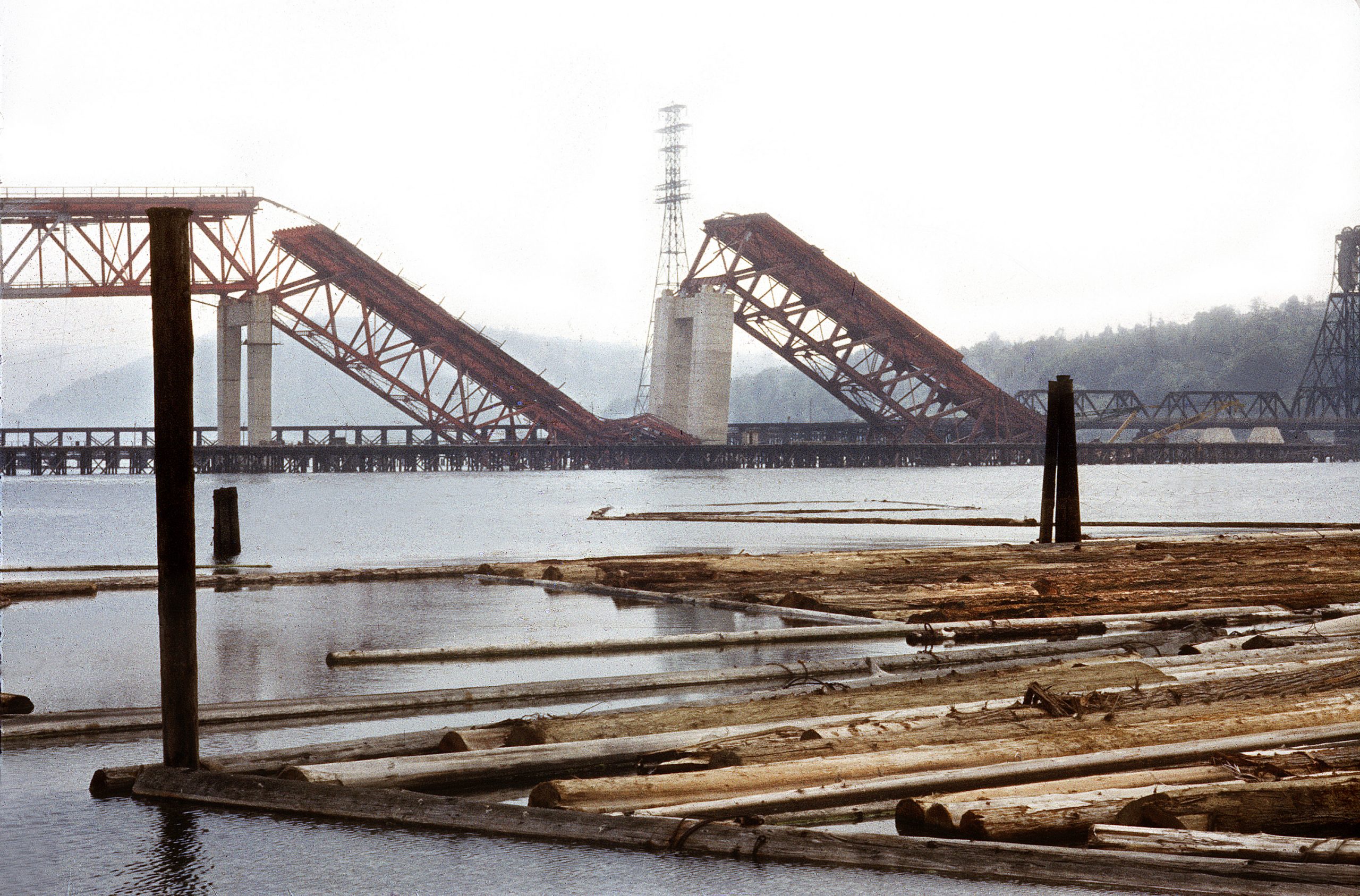
Rescue Operation:
The massive rescue operation that followed was modelled after a worst-case scenario plane crash at YVR. Some of the men were identified by the brand of cigarettes that they smoked.
Phil Nuytten, the North Vancouver entrepreneur, scientist and inventor of the Newtsuit, was only 17 at the time, and one of two divers sent to recover the bodies. The other diver, Len Mott, 27, became the nineteenth person to die on the job as a result of the bridge collapse.
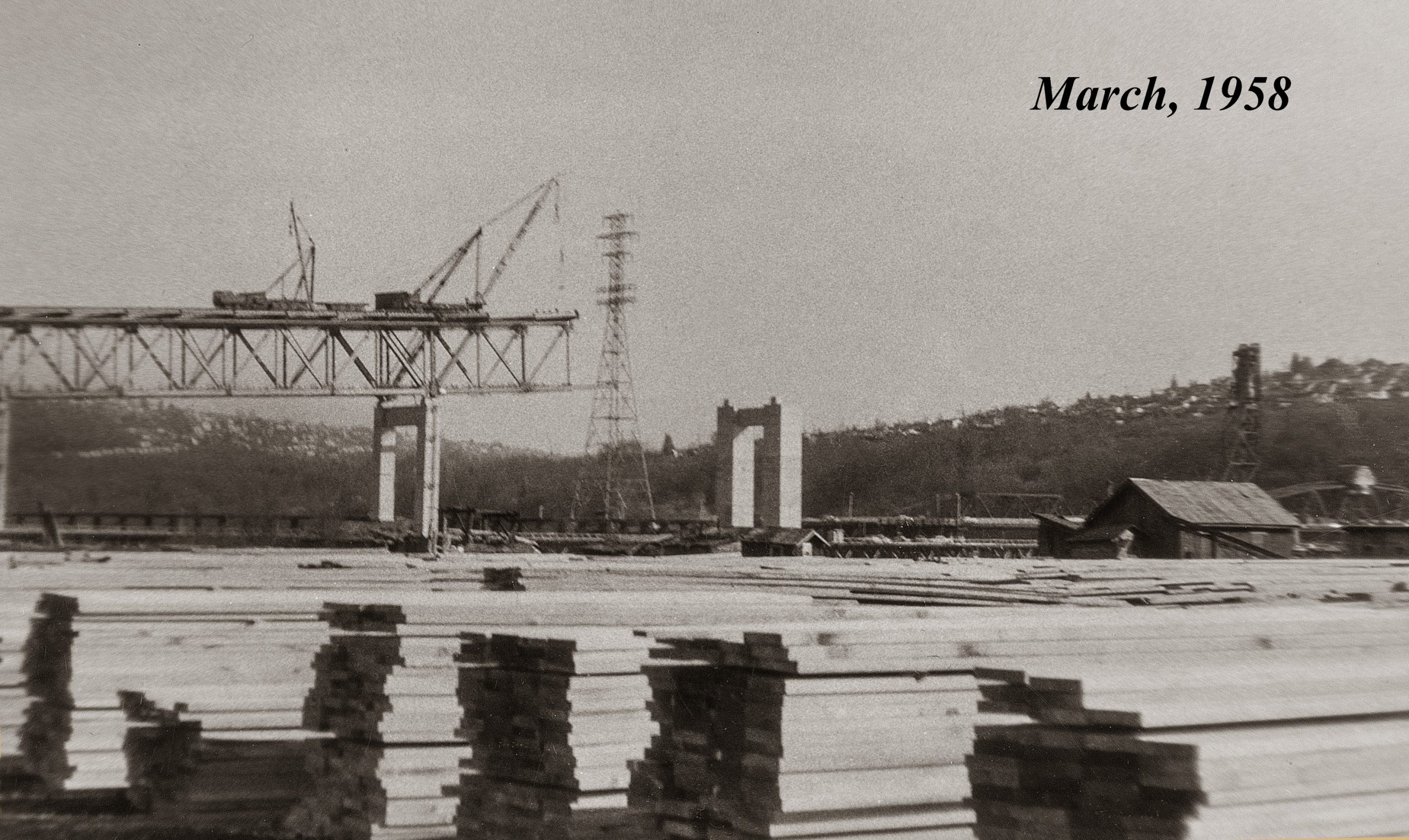
Twelve-year-old Gerry Parrott was walking home from Hollyburn Elementary in West Vancouver. “We were outside and we thought the 9:00 o’clockgun had gone off by accident. My grandmother would never travel over the bridge. She said: ”It has fallen down once, it could fall down again.”
Lasted a few seconds:
Robert Hall worked for the company that had the contract for the concrete work. “I was on East Hastings Street heading for the bridge which was about five minutes away. It was a deafening sound but it only lasted a few seconds as the whole thing went down,” he wrote in a comment on my blog June 17, 2017.
“To access the north side, it was necessary to cross the old bridge which was known as the ‘Bridge of Sighs’ as it was so often open for river traffic causing long delays to both road and rail traffic. I knew some of the men who perished, most of whom worked for Dominion Bridge and there were two who were painters and worked for Boshard. I also knew the resident engineer and his young Australian engineer who both went down with the bridge.”
Calculation Error:
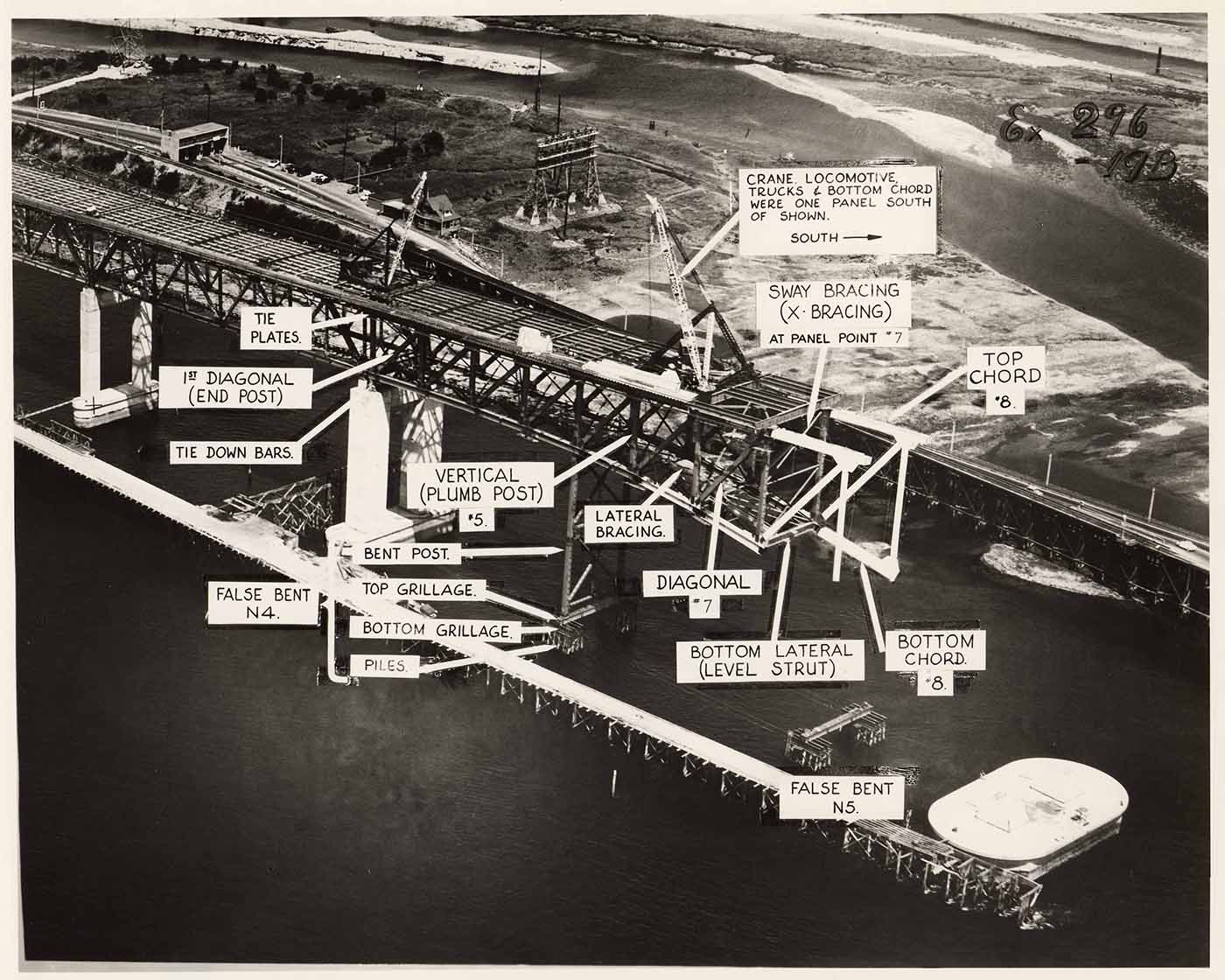
In 1994, the bridge’s name changed to the Ironworkers Memorial Second Narrows Crossing to honour those who died on the job that day. I’m sure that would have made Bill Moore very happy.
Related:
© All rights reserved. Unless otherwise indicated, all blog content copyright Eve Lazarus

